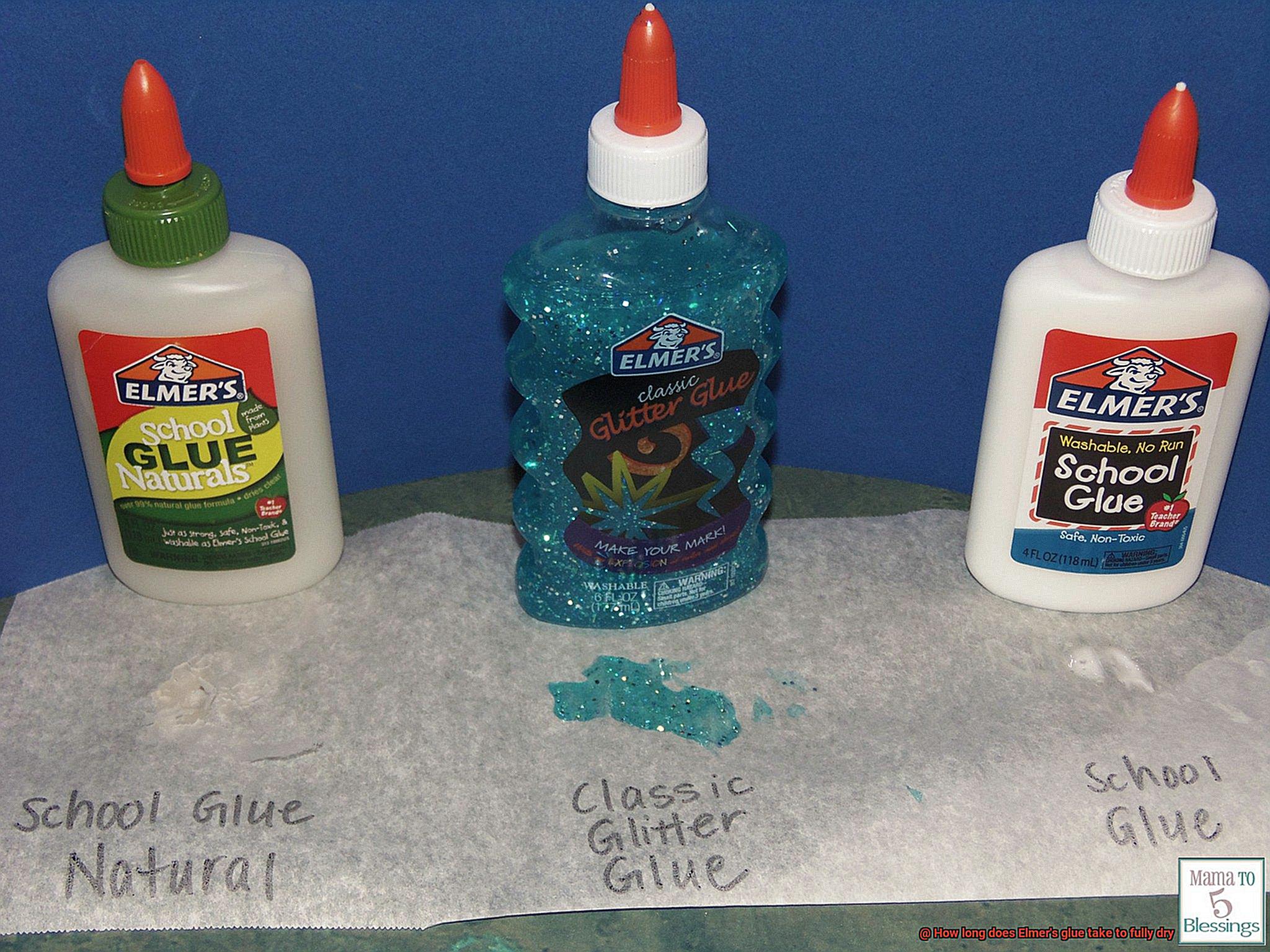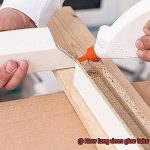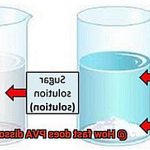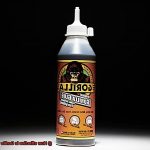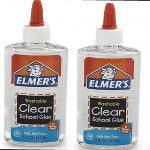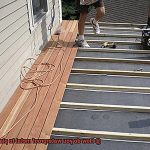Are you a crafty individual who loves creating art projects with Elmer’s glue? Are you curious about how long it takes for this beloved adhesive to fully dry? If so, you’ve come to the right place.
Elmer’s glue has been a staple in households and classrooms since 194Its non-toxic formula makes it safe for kids and adults alike, and its versatility allows for endless crafting possibilities. But when it comes to drying time, there are a few factors that can affect the outcome.
The thickness of the glue, humidity and temperature of the environment, and type of surface all play a role in how long it takes for Elmer’s glue to dry completely. In this blog post, we’ll provide you with all the information you need on Elmer’s glue drying times on different surfaces.
Whether you’re an experienced crafter or just starting out, knowing how long it takes for Elmer’s glue to dry can be crucial for planning your next project. So sit back, relax, and let us guide you through everything you need to know about Elmer’s glue drying time.
What is Elmer’s Glue?
Contents
- 1 What is Elmer’s Glue?
- 2 Factors that Affect Drying Time
- 3 How Long Does Elmer’s Glue Take to Dry?
- 4 Tips for Fast Drying Times
- 5 Safety Considerations when Using Elmer’s Glue
- 6 Different Types of Elmer’s Glue and Their Uses
- 7 Benefits of Using Elmer’s Glue
- 8 Common Mistakes to Avoid When Using Elmer’s Glue
- 9 Conclusion
Elmer’s Glue is a household name for a reason. This adhesive has been a staple in classrooms, offices, and households for generations. But what exactly is Elmer’s Glue, and how can it help you with your creative projects? Let’s delve into the world of this versatile and safe adhesive.
Elmer’s Glue is a brand of glue made from polyvinyl acetate (PVA) and water. This combination makes it non-toxic, washable, and safe for children and adults to use. Borden, Inc. introduced the white glue for home use in the 1940s, and it has since become a popular choice for all kinds of projects.
Elmer’s Glue has three main types: school glue, wood glue, and all-purpose glue. School glue is perfect for children’s crafts and school projects. It dries clear and can be used on paper, cardboard, and other porous materials. Wood glue is specifically designed to be used on wood and other porous surfaces. It creates a bond that is resistant to moisture and heat, making it ideal for woodworking projects. All-purpose glue, as its name suggests, can be used on a variety of surfaces including paper, cardboard, wood, plastic, and more. It creates a strong bond that dries clear.
One common question about Elmer’s Glue is how long it takes to dry completely. The drying time of Elmer’s Glue depends on several factors such as the amount of glue used, temperature of the room, and humidity levels in the air. Generally, Elmer’s Glue takes anywhere from 20 minutes to 24 hours to dry fully. However, it is always best to wait for at least 24 hours before handling any glued objects for optimal results.
Elmer’s Glue isn’t just a favorite among children. Adults also love it for its versatility and ease of use. You can find it in most craft stores, as well as in many grocery stores and online retailers.
Factors that Affect Drying Time
If you’re anything like me, waiting for your Elmer’s glue to dry can feel like an eternity. But did you know that there are several factors at play that can affect how long it takes for this adhesive to set? Let’s delve into these factors in more detail so that you can become a drying time pro in no time.
First on our list of factors is the type of glue being used. Elmer’s glue comes in various formulations, including white, clear, glitter, and school glue. Each of these has its own unique chemical composition that can impact drying time. For example, white glue may dry faster than glitter glue due to differences in their ingredients. So, if you’re time-pressed, consider opting for a faster-drying type of glue.
Temperature and humidity also play a crucial role in drying time. Higher temperatures and lower humidity levels tend to speed up the drying process, while cooler temperatures and higher humidity levels can slow it down. So, if you’re working in a warm or dry environment, your glue may dry more quickly than if you’re in a cooler or more humid space.
Lastly, the material being glued together can also impact drying time. Materials that absorb more moisture from the glue will take longer to dry than those that don’t. Additionally, thicker materials may require more glue to be applied than thinner ones, which can also affect drying time.
How Long Does Elmer’s Glue Take to Dry?
If you’re a fan of Elmer’s glue, you’ve probably wondered how long it takes to dry. The answer to this question isn’t straightforward, as several factors come into play, including the type of glue, environmental conditions, and the thickness of the application.
For instance, white school glue typically dries within 30 minutes to an hour. However, if the application is thicker or humidity levels are high, it may take longer. It’s worth noting that even when the surface feels dry to the touch after this period, the glue may still be wet underneath. Therefore, it’s best to exercise patience and wait at least 24 hours before handling or moving anything glued with Elmer’s.
Clear or specialty glues like those used for slime-making or woodworking might take longer to dry fully than school glue. Clear glue used for slime-making can take up to 24-48 hours to dry completely, while wood glue or epoxy may take several days.
Apart from the type of glue, environmental conditions also influence drying time. Higher humidity levels and thicker applications slow down the drying process, while lower humidity levels and warmer temperatures speed it up.
Tips for Fast Drying Times
Luckily, there are a few tips and tricks that can help speed up the drying process and get you back to your projects in no time. Here are 5 sub-sections to consider:
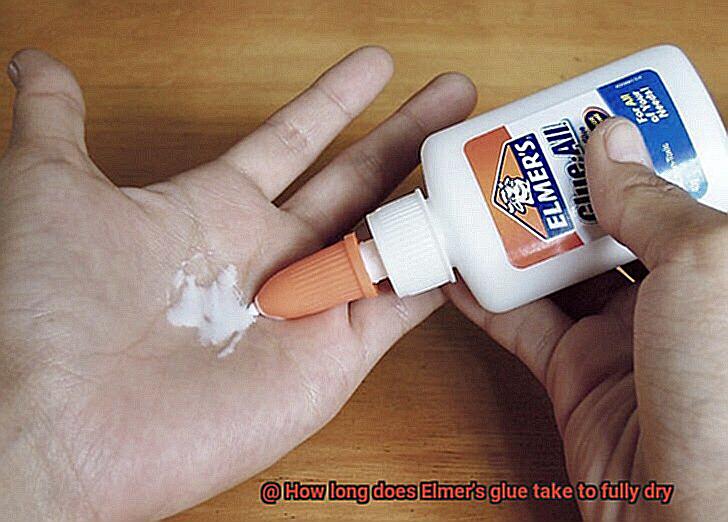
Apply a thin layer of glue:
When using Elmer’s glue, it’s important to apply a thin and even layer. Thicker layers will take longer to dry, so it’s best to apply multiple thin layers if needed. This will not only speed up the drying process but also ensure a stronger bond.
Use a fan or hairdryer:
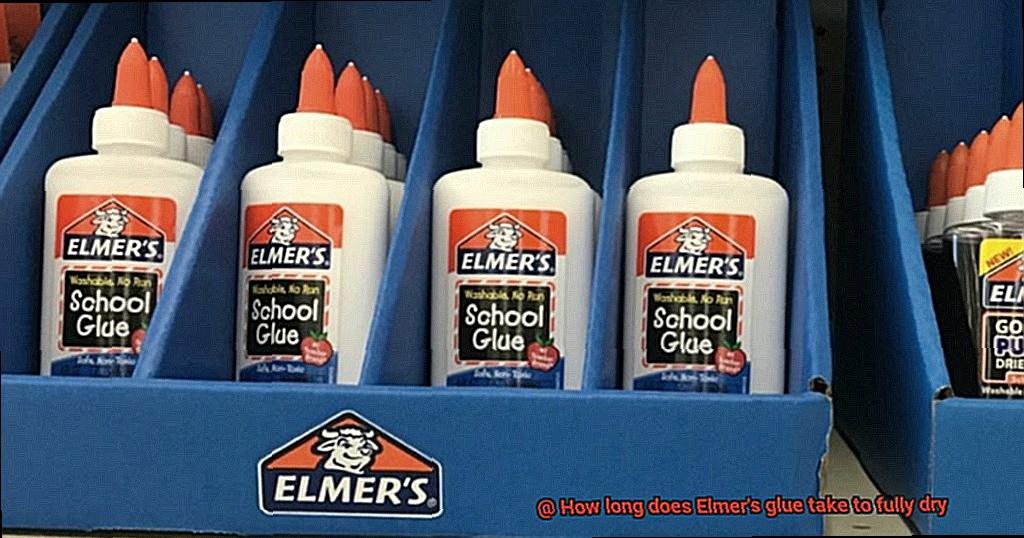
If you’re in a hurry and need the glue to dry quickly, using a fan or hairdryer on low heat can help circulate air and speed up the drying process. Hold the hairdryer a few inches away from the glue and move it back and forth until the glue is dry. This trick is especially useful if you’re working in a humid environment.
Choose a faster-drying variant:
Elmer’s has a range of different glues available, some of which are specifically designed for fast-drying. For example, Elmer’s Carpenter’s Wood Glue Max has a fast-drying formula that can dry in as little as 15 minutes. Look for these products in your local craft store or online for quicker results.
Consider the environment:
The environment in which the glue is drying can also affect the drying time. High humidity or cold temperatures can slow down the process, so it’s best to work in a well-ventilated area with moderate temperatures. If possible, try to avoid working in areas with high humidity or extreme temperatures.
Try a quick-dry spray adhesive:
If you’re really in a rush and need the glue to dry quickly, try using a quick-dry spray adhesive instead of traditional white glue. These types of adhesives can dry in seconds and are perfect for projects that require more immediate results. However, it’s important to note that the bond may not be as strong as traditional glue, so use with caution.
Safety Considerations when Using Elmer’s Glue
It’s a versatile adhesive that can bond various materials and is perfect for a range of crafting activities. However, safety should always be a top priority when working with any type of glue, including Elmer’s.
To ensure a safe and enjoyable crafting experience, there are a few essential safety considerations to keep in mind. Firstly, it’s important to remember that Elmer’s glue is not intended for consumption and should be kept out of reach of children and pets. Ingesting the glue can cause nausea, vomiting, and other digestive issues that can be harmful.
Moreover, using the glue in a well-ventilated area is crucial to avoid inhaling any fumes that may be released during use. This step will help prevent any respiratory issues or irritation caused by the fumes.
Another important consideration is to avoid getting the glue on your skin or in your eyes as it can cause irritation or damage. Wearing gloves while working with Elmer’s glue can protect your hands and prevent accidental contact with the glue. If the glue does come into contact with your skin, wash the affected area immediately with soap and water.
Lastly, proper storage is key when using Elmer’s glue. Store it in a cool, dry place away from direct sunlight and heat sources to prevent it from drying out or becoming less effective over time. This step will help maintain the quality of the glue for future use.
In summary, here are some key safety considerations when using Elmer’s glue:
- Keep it out of reach of children and pets.
- Use it in a well-ventilated area.
- Wear gloves to protect your hands.
- Avoid getting it on your skin or in your eyes.
- Store it in a cool, dry place away from sunlight and heat.
Different Types of Elmer’s Glue and Their Uses
Elmer’s glue has been a household name for decades, and for good reason. It is versatile, effective, and comes in different types that cater to various applications. In this article, we will delve into the different types of Elmer’s glue and their uses.
Firstly, Elmer’s School Glue is a popular choice for school projects, art, and crafts. This type of glue is perfect for bonding paper and cardboard due to its non-toxic, washable, and clear drying properties. It is also ideal for children to use since it is easy to clean up with water. Elmer’s School Glue takes around 30 minutes to an hour to dry completely.
Secondly, Elmer’s Carpenter’s Wood Glue Max is specifically designed for woodworking projects. It has a strong hold and can be sanded and painted over once dry. This type of glue is ideal for bonding wood pieces together due to its superior strength and durability. Elmer’s Carpenter’s Wood Glue Max takes about 24 hours to reach maximum strength.
Thirdly, Elmer’s Clear Glue is a PVA-based adhesive that dries transparently. It is perfect for bonding non-porous materials like plastics, glass, and metal. It is also a popular choice for making slime since it gives a glossy and translucent finish. Additionally, Elmer’s Clear Glue can be used as a sealant for paper and cardboard due to its clear drying properties. It generally takes longer to dry than white school glue, with drying times ranging from 1 to 2 hours.
Fourthly, Elmer’s Washable No-Run School Glue is designed with younger children in mind. It is washable, non-toxic, and features a no-run formula that makes it easy to use without any mess. This type of glue is perfect for school projects or art activities where children are involved.
Lastly, Elmer’s Rubber Cement is a great choice for bonding paper and cardboard together. It has a strong hold and can be easily removed if needed. This type of glue is perfect for office or school projects where the materials being bonded need to be easily removable. Elmer’s Rubber Cement dries quickly and can be easily spread with a brush or roller.
Benefits of Using Elmer’s Glue
Firstly, Elmer’s glue is incredibly easy to use. Its precise dispensing mechanism enables you to apply it with ease and spread it evenly across surfaces. Moreover, it dries clear, so you don’t have to worry about visible glue lines spoiling your project. This makes it perfect for school assignments, collages, scrapbooking, and other crafting projects.
Secondly, Elmer’s glue is non-toxic, making it safe for children to use. Unlike many other adhesives that contain harmful chemicals, Elmer’s glue is made from natural ingredients and water. Plus, it can be easily washed off with water, which makes it ideal for young children who may accidentally get glue on their skin or clothing.
Thirdly, Elmer’s glue is incredibly versatile and can be used on a variety of surfaces such as paper, cardboard, fabric, and even wood. Whether you are making a diorama for school or repairing a broken chair leg, this adhesive can handle the job.
Fourthly, Elmer’s glue is affordable and widely available in most stores. This means that you don’t have to break the bank to purchase this reliable adhesive. Plus, it’s easy to find whenever you need it.
Common Mistakes to Avoid When Using Elmer’s Glue
While it’s a versatile and reliable adhesive, there are some common mistakes that people make when using it. As an expert on this topic, I’m here to help you avoid those mistakes and ensure that your projects turn out perfectly.
One of the most significant mistakes people make when using Elmer’s glue is applying too much of it. More glue doesn’t always mean stronger adhesion. On the contrary, over-applying glue can result in it taking longer to dry or not drying properly at all. Instead, use a thin layer of glue to avoid any mishaps.
Another mistake to steer clear of is not waiting long enough for the glue to dry. Rushing through this step can cause the glue to not adhere correctly or ruin an entire project. Elmer’s glue typically takes around 30 minutes to an hour to dry completely, depending on the amount applied and humidity level in the air. So, be patient and wait for it to dry entirely before moving on.
Using the wrong type of glue is also a common mistake that people make. Elmer’s produces several different types of glue, each designed for specific purposes. It’s crucial to choose the right kind of glue for your project to ensure that it dries correctly and adheres as intended.
Lastly, not preparing the surface correctly before applying Elmer’s glue can lead to mistakes. Ensure that the surface is clean and free of any debris or dust before applying the glue. This will help the glue adhere correctly and dry evenly.
Also Read: How Long Does Super Glue Take to Dry?
Conclusion
Elmer’s glue has stood the test of time as a go-to adhesive for crafters of all ages. Its versatility and ease of use have made it a staple in households and classrooms alike. However, the drying time of this beloved adhesive can vary depending on several factors.
To ensure optimal results, exercise patience when using Elmer’s glue. Waiting at least 24 hours before handling or moving anything glued with it is crucial. For faster drying times, consider applying a thin layer of glue, using a fan or hairdryer on low heat, choosing a faster-drying variant, or working in an environment with moderate temperatures.
While Elmer’s glue offers endless crafting possibilities, safety should always be top-of-mind. Keep it out of reach of children and pets, use it in a well-ventilated area, wear gloves to protect your hands from accidental contact with the glue, and avoid getting it on your skin or in your eyes.
In summary, Elmer’s glue is an affordable and versatile adhesive that can help bring your creative vision to life. By avoiding common mistakes and following best practices for usage and safety considerations outlined above, you can achieve optimal results for your next project.

